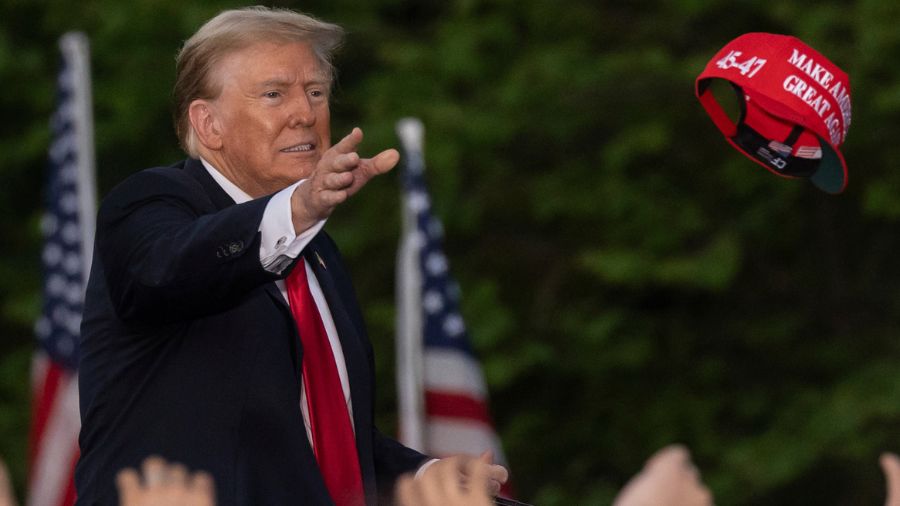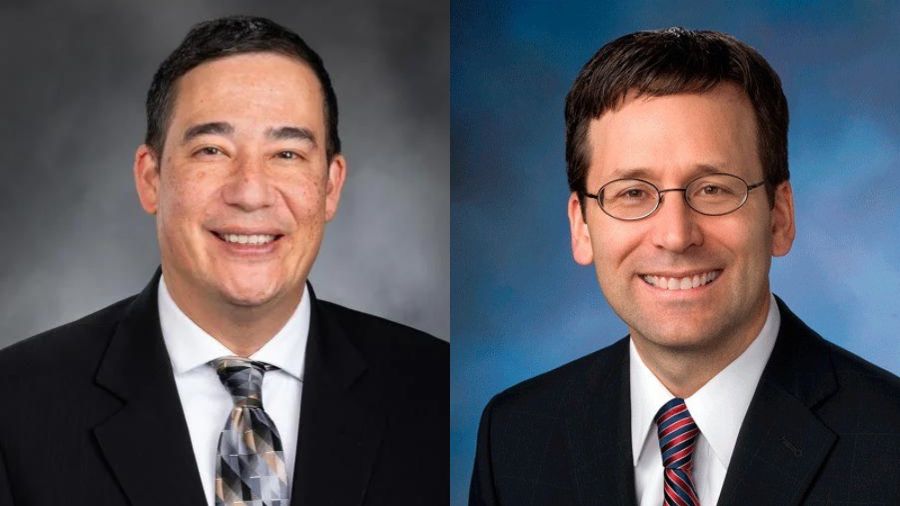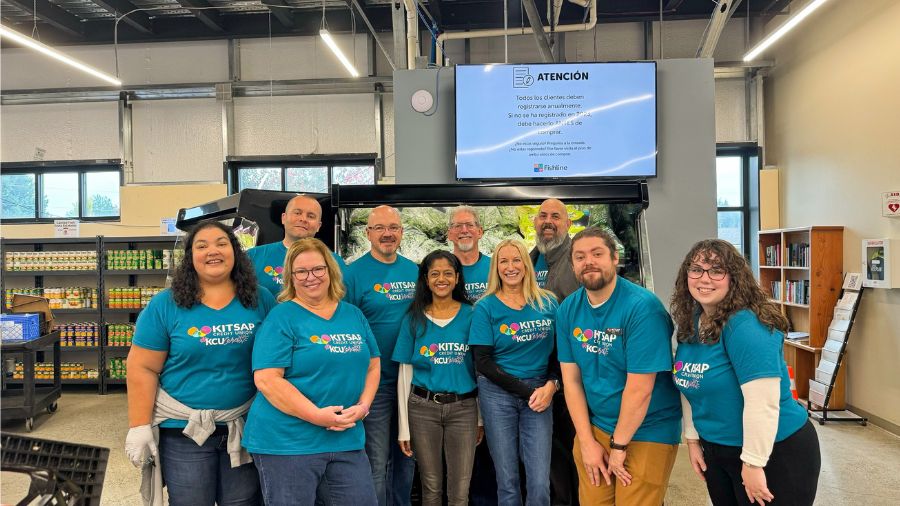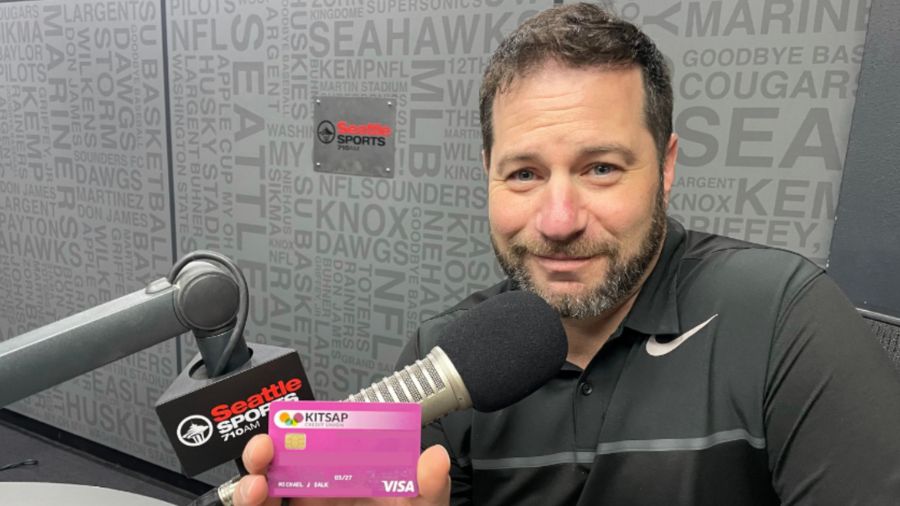Gross: Not even Sound Transit respects Inslee’s EV plans
Oct 27, 2022, 5:00 PM | Updated: Oct 28, 2022, 8:55 am

The parking structure currently under construction. (Photo courtesy of Max Gross)
(Photo courtesy of Max Gross)
Gov. Jay Inslee signaled a change in August, announcing that Washington will follow California in banning the sale of all new gas-powered vehicles by 2035. But if he’s committed to the electric vehicle cause, why is Sound Transit building a massive new parking lot without a single charging station?
Sound Transit will complete the Downtown Redmond Link Extension project by 2024. It comes with a parking structure that holds 1,400 spaces at Marymoor Village Station. But it’s missing a key feature that Democrats claim will help turn the tide for climate change.
“There are no electric charging stations in the current plan,” Sound Transit spokesperson Rachelle Cunningham admits to the Jason Rantz Show on KTTH.
Rantz: Seattle Council plans to bribe meth addicts in latest inevitable failure
While she notes that it will include conduits and the capacity to add them sometime in the future, why wouldn’t a major government construction project include it from the start? It would cut down on the costs incurred when they’re belatedly put in and it sends the message that they’re taking Inslee’s intent seriously.
A tech-savvy city like Redmond is full of climate-conscious EV drivers and yet a major project like this will not accommodate them.
“We don’t have any mandates requiring new parking facilities to have a certain percent of stalls have EV charging,” Inslee’s spokesperson Mike Faulk told the Jason Rantz Show on KTTH.
Washington lawmakers have an even loftier goal of ‘phasing out’ vehicles with an internal combustion engine by 2030 — according to a report from the Seattle Times.
The obvious questions that followed were about practicality. How can a state with over five million licensed drivers phase out what had been the only type of vehicle for so long?
Tesla has made an important impression on the automobile market. The Texas-based car manufacturer reported sales of over 300,000 vehicles worldwide in the third quarter, per a release from the company.
Also, the Rivian Truck is a notable addition to the national EV fleet — although that has come with some problems. The California-based manufacturer recalled nearly all of its vehicles due to a steering issue.
So the market is sufficiently saturated with electric vehicles — great. Now, does the state have sufficient infrastructure to handle these vehicles?
New projects like major parking structures must include charging stations for these vehicles. This would appear to be essential to make Inslee’s ‘2035 plan’ a reality.
“The state this year secured massive investments for EV infrastructure through the Move Ahead Washington Package,” Faulk said. “Folks are going to see a lot more of it around the state in the coming years.”
Rantz: Seattle Council plans to bribe meth addicts in latest inevitable failure
The project in focus is progressing rapidly and is set to be completed in just two years. How far down the line do we have to go to start seeing infrastructure to support electric vehicles going into these projects?
To truly make Inslee’s plan a reality, these key pieces need to start going in place now. It is misguided to think the government can play catchup when it seems like there is so little planned in terms of EV infrastructure.
This may be a small piece of the pie, but it illuminates the fact that Inslee is more interested in grabbing headlines than actually providing the nuts and bolts to make an EV transition happen effectively. And if Sound Transit doesn’t take him seriously, why should Washingtonians?













